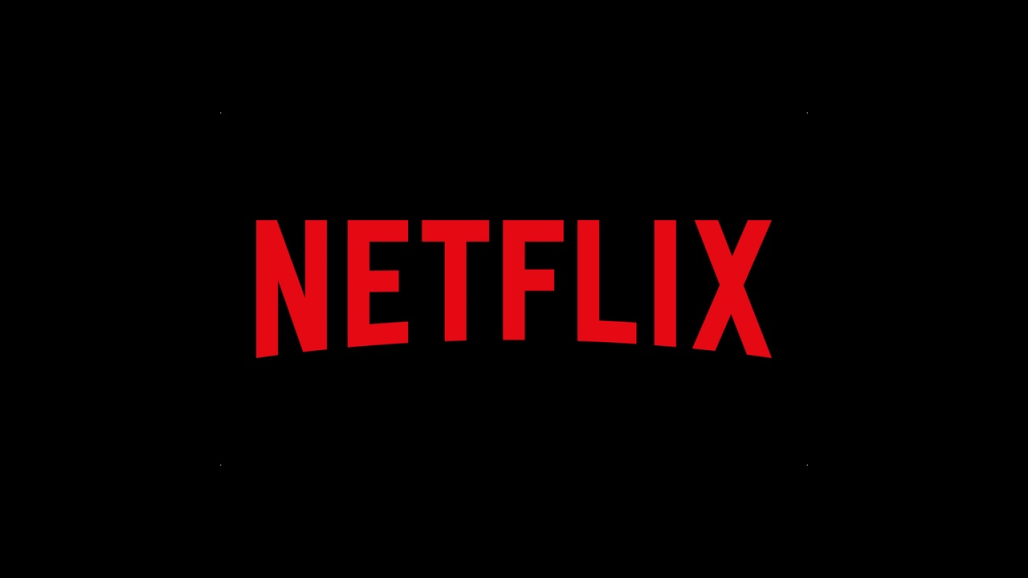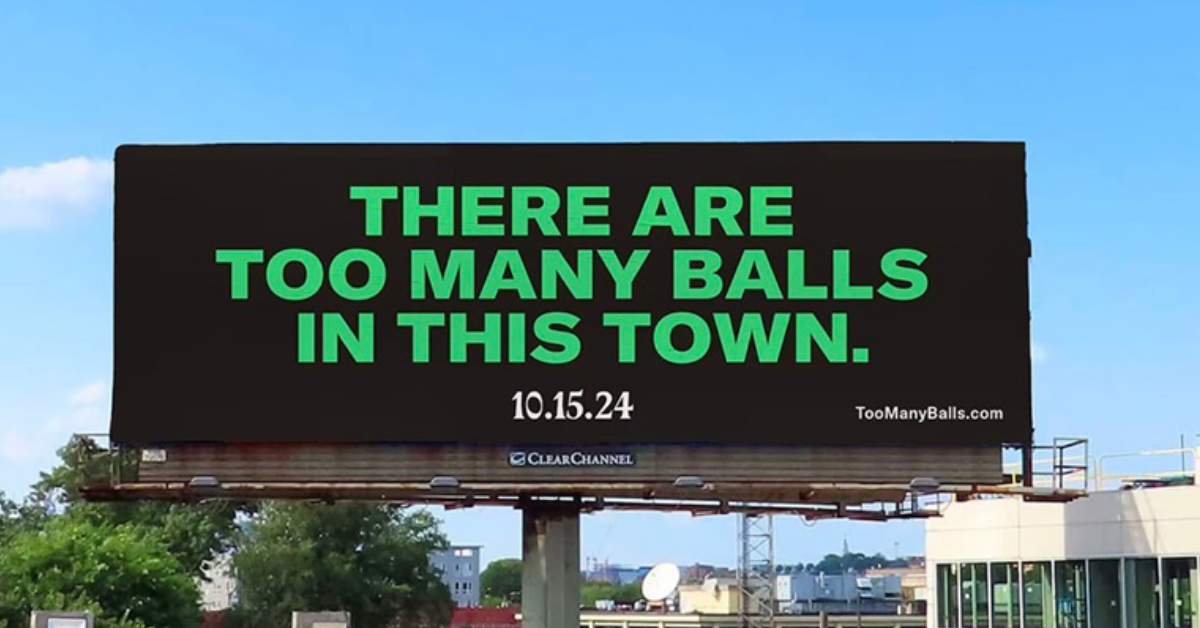When Quibi launched earlier this year, it sounded kind of cool. Short-form video content specifically designed for mobile viewing that automatically adjusted to however you were currently holding your phone. Sounds like a no-brainer for a mobile-first consumer. Unfortunately, Quibi never took off and recently announced its decision to officially shut down on December 1. So we decided to ask CTPers how and why they think Quibi failed, as well as the broader implications.
I think one of the issues with Quibi was that it was a mobile-only platform with no TV option. During a pandemic, everyone was basically forced to stay home, which could have been a factor in its demise. In my own experience with Quibi, it was just OK. I did the 3-month trial and while I liked the short-form content and low commitment level per episode, I didn’t really enjoy the content itself. I tried a bunch of shows, and none captured my interest. I also found that because I wasn’t able to stream it to my TV, watching a program became a forced solitary experience, even when I was at home with other TV-watching people. For now, as we’re in the midst of a pandemic, there may just not be an appetite from mainstream audiences for (paid) short-form video content. – Alex Nelson, Associate Creative Director
In my opinion, Quibi failed for 3 reasons. 1) What was Quibi? It was never clear to me if they were a TikTok version of Prime Video or a cheap version of a TV Network editing one-hour shows into six 10-minute segments. 2) Quibi was late to the paid streaming business. Going up against Netflix, Disney and even Peacock, viewers have so many options for paid, curated, on-demand quality content. Not to mention TikTok, YouTube and Twitch fill in the gaps – so why pay for one more app? 3) Quibi didn’t meet its customers omni-channel expectations. The COVID-19 lockdown shifted media consumption to at-home viewing. Quibi was slow to adapt and maintained their mobile-only app until May, missing out on a potential entertainment-starved subscriber. That said, there is still opportunity for new brands in this space. Competition created better products and more engaged users. The challenge will be in this mature landscape, can a brand disrupt enough to gain scale and/or profit before its funds run out? – Andrea Lenig, VP Media
When you launch a business you better first ask, what unmet need are we filling or how can we change an industry? With so many options for consumers to watch quick-hitting videos, Quibi’s vision was flawed from the start. They didn’t know what they wanted to be, and their audience never bought in. More than 90% pulled the plug after the free trial expired. And when the owners did the same after six months, it’s fair to say they never believed in it themselves. There may still be room for a similar brand, but it better have deep pockets, honest consumer insights, amazing content, smart marketing and a commitment that extends more than 24 weeks. – Brian Heffron, EVP & Partner, Public Relations
Let’s put aside the obvious nail in the coffin for a second, namely the fact that Quibi’s “on-the-go” audience came to a literal halt this year due to the pandemic. In terms of what was killing Quibi pre-COVID, I think it mostly boils down to being too niche. Original content made specifically to be viewed on mobile devices sounded like a timely idea at first. And short-form shows catering to those with quick morning commutes or lunch breaks seemed like a natural way to tap into our diminishing attention spans and busy schedules. But at the end of the day, those weren’t unique benefits or value. Those were restrictions.
None of their content, by fault of its formula, was set up to allow a viewing party with friends. Or a binge-watch on the couch with a significant other. You could take Quibi on the go, sure, but you can do the same with Netflix, and no one complains that Stranger Things episodes can’t be watched on a 15 minute train ride. Just finish it later. Competing services can be accessed and enjoyed across multiple devices, and in multiple scenarios. Quibi? It’s a one-trick pony, my dudes.
Let’s also not forget that while Netflix, Hulu, Disney+, etc., have seen great success introducing original content, Quibi showed us how to fail by offering nothing but. No back catalogue of fan favorite movies or shows to draw in a wide-range of users. Yet another restriction.
While consumers continue to demand everything be connected, accessible and shareable, Quibi took a gamble by scaling that back considerably. Removing options for consumers is often the way to go, believe it or not. But often isn’t always. And in this case, Quibi ended up ripping the heart and soul out of the experience users crave. Not even a slew of A-list actors can make up for that. – Sam Coons, Junior Copywriter
In an unpredictable year, the ultimate demise of Quibi may have been the easiest thing to predict. The short-form streaming service faced issues on so many fronts (although money wasn’t one of them given the $1.75 billion raised). The content wasn’t great. The platform didn’t own its content. And it launched during a pandemic when we weren’t as on-the-move.
Perhaps its biggest sin, however, was the lack of shareability. In a social media-driven world, the platform originally didn’t allow images or clips to be shared on social media. While at the same time TikTok was exploding for just that reason. This demonstrated a lack of understanding of its audience and path to growth. And by the time changes were made, it was too late.
It remains to be seen whether there indeed is room for something between TikTok and, say Netflix. But it’s going to need a better model and a better understanding of what audiences really want. – Todd Graff, SVP, Public Relations






